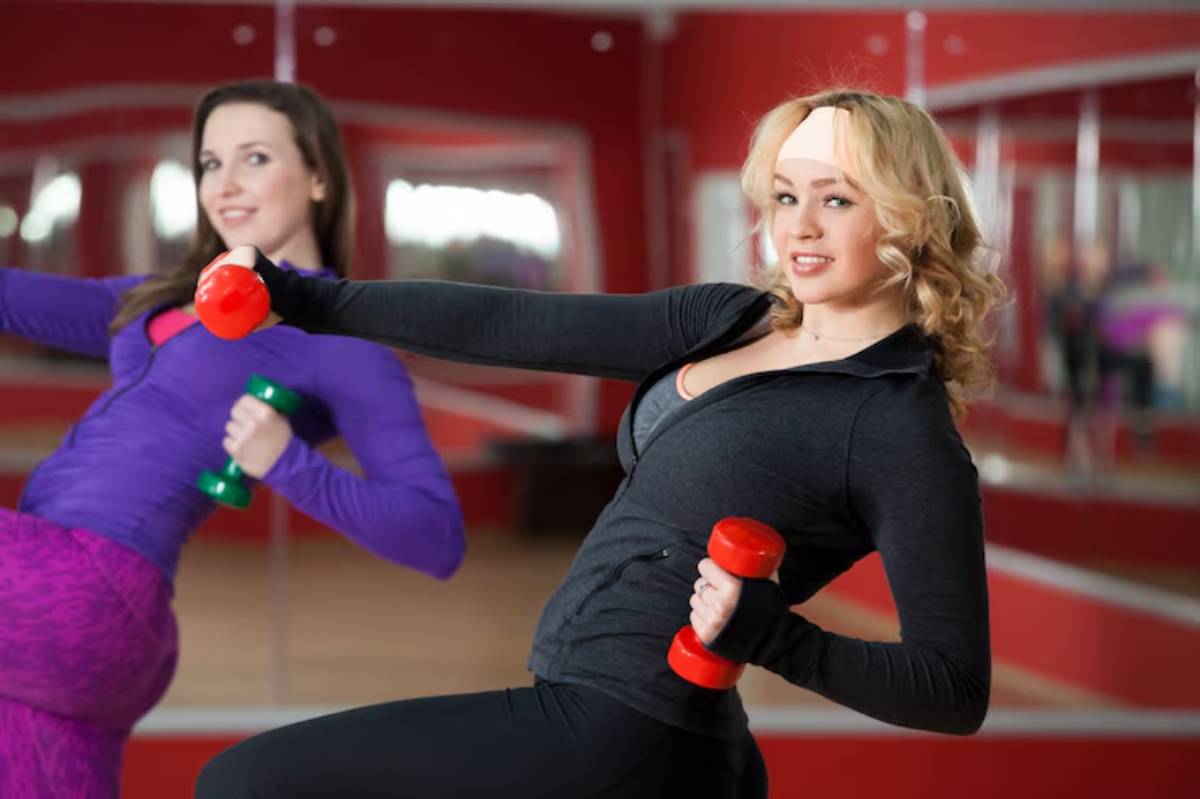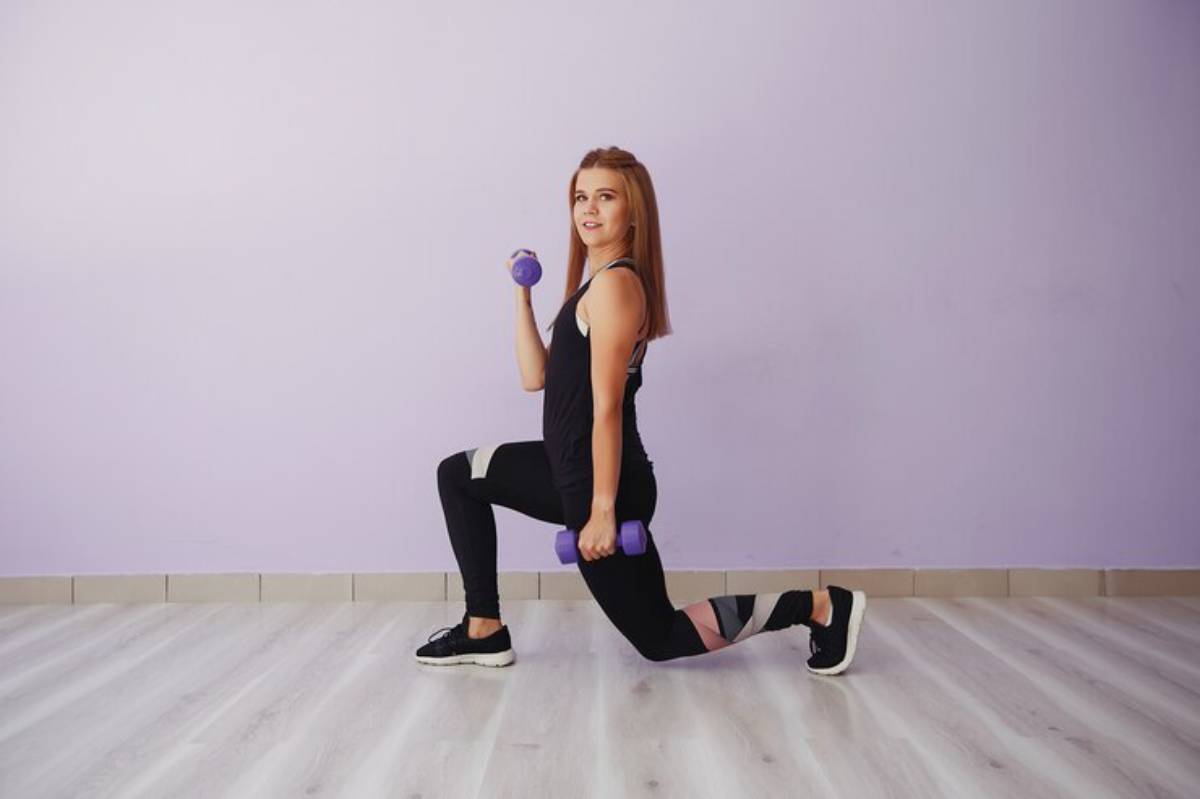
Training for Strength vs Toning: What’s the Difference?
If you’ve ever stood in front of a rack of dumbbells wondering whether to go “light and high reps” or “heavy and low,” you’re not alone. One of the most persistent debates in women’s fitness is the idea of training for strength versus training for tone.
Do you need to train differently to get “toned”? Will lifting heavy make you bulky? Should you just stick to bodyweight exercises for definition?
It’s time to cut through the confusion. In this post, we’ll break down the real difference between strength and toning, what’s actually happening in your body during both, and how to train smartly based on your goals — without falling for fitness myths.
Why the Word “Toning” Is Misleading
Let’s start with the big one. “Toning” isn’t a scientific term — it’s a marketing buzzword that became popular in the 1980s to appeal to women who wanted to “firm up” without getting big.
Here’s the truth:
Toning is simply building muscle while reducing body fat so that your muscle definition becomes visible.
So when someone says they want “toned arms,” what they really mean is they want:
- Slight muscle definition
- A lower body fat percentage
- A leaner, more sculpted appearance
In other words, toning = strength + fat loss. You can’t tone a muscle you haven’t built, and you can’t see it if it’s covered by a higher body fat layer.
What It Means to Train for Strength
When you train for strength, your goal is to increase how much force your muscles can produce — that is, how strong you are.
Characteristics of strength training:
- Lower rep ranges (3–6 reps)
- Higher weight loads
- More rest between sets (1–3 mins)
- Focus on compound lifts (squats, deadlifts, presses)
- Progressive overload is key
This approach increases muscle fibre recruitment, boosts nervous system efficiency, and leads to stronger joints and bones. If you’re chasing long-term performance and capability, strength training is gold.
Many women also discover that training for strength gives them better body confidence than chasing aesthetics alone.
What It Means to Train for “Tone”
While toning isn’t a technical term, training with this goal usually involves:
- Moderate reps (8–15 reps)
- Moderate weights
- Shorter rest (30–60 seconds)
- More overall volume (sets x reps)
- Focus on muscle endurance and shaping
You’re still building strength, just in a different rep range, and often with more emphasis on muscle appearance rather than raw power.
The truth is, even when you’re training to “tone,” you’re still doing strength training — just with a slightly different emphasis. If you’re using resistance, you’re building muscle.
Why Lifting Heavy Won’t Make You Bulky

This fear still holds back too many women. But let’s debunk it with science.
Women produce significantly less testosterone than men, which makes serious muscle gain a slow and deliberate process. To truly “bulk up,” you’d need to:
- Eat in a consistent calorie surplus
- Follow a hypertrophy-focused plan
- Train multiple days a week at high volume
Unless that’s your intention, lifting heavy will not make you big. In fact, many women notice they look leaner when lifting heavier because they build denser muscle and burn more fat overall.
If you want to build lean muscle without bulking, the guide on building lean muscle without bulking up offers the perfect starting point.
Can You Combine Both?

Yes — and you probably should. Most effective training plans alternate between strength phases and “toning-style” workouts that focus on volume.
Here’s an example weekly split:
- Day 1: Full-body strength (5×5 format)
- Day 2: Active rest (yoga, walking)
- Day 3: Upper body hypertrophy (3×12)
- Day 4: Lower body strength
- Day 5: Conditioning or circuit
- Weekend: Rest or light movement
This gives you the best of both: raw strength and visible muscle definition, without burnout or monotony.
If you’re just getting started and want a beginner-friendly plan, the ultimate beginner weight training guide for women is tailored to help you build muscle safely and effectively.
Real Results: Priya’s Story
Priya, 37, wanted to “tone up” for her wedding but was terrified of weights. She started with light dumbbells and high reps but saw little change after 6 weeks.
With a coach’s help, she began strength training — squatting, rowing, and pressing with heavier loads. Within 3 months, her waist tightened, her arms defined, and her energy improved.
“I didn’t bulk. I sculpted. I just wish I’d started sooner.”
Common Mistakes to Avoid
1. Thinking Light Weights = Toning
If your muscles aren’t being challenged, they won’t adapt. Toning doesn’t mean going easy — it means pushing with purpose.
2. Avoiding Fatigue
Your last 2–3 reps should feel hard. That’s where the results happen — whether your goal is strength or tone.
3. Focusing Only on Scale Weight
Muscle is denser than fat. You may weigh the same or more but look leaner and smaller.
4. Ignoring Nutrition
You can’t out-train a poor diet. “Tone” won’t show unless your eating habits support fat loss and muscle recovery.
How to Know If It’s Working
Track your progress with:
- Photos — side-by-side comparisons every 4 weeks
- Strength logs — how much you’re lifting over time
- Fit of your clothes — especially at the waist and arms
- Energy and sleep — signs your recovery is on point
Toning is a visual and strength-based process. The results come gradually, then all at once.
Train Smarter, Not Smaller

There’s no magic line between “strong” and “toned” — they’re part of the same path. The real transformation happens when you stop chasing “smaller” and start chasing stronger, leaner, and more capable.
Don’t let outdated myths keep you in the low-weight, high-rep corner of the gym. Embrace resistance, eat to support your training, and understand that strength creates tone, not the other way around.
Your strongest self isn’t just a look. It’s a feeling. And it starts when you lift like you mean it.


